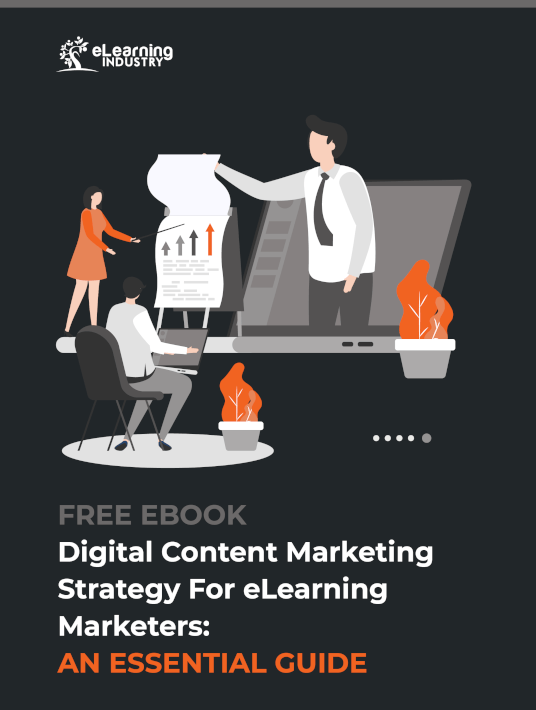How To Combine SEO And Content Marketing To Improve Performance
Search engine optimization is an integral part of your digital marketing efforts, the core of your content marketing plan. It helps consumers find you on Google and other search engines, and considering that most people don’t look beyond the second page of search results, we need all the help we can get.

Combining SEO and content marketing can nudge your company closer to the first page of results. This unpaid optimization often described as an organic reach, uses written content, meta descriptions, and targeted web design to help online learners find you more easily.
Search engine marketing combines paid search with organic reach. A paid search involves purchasing ads on Google, and social media sites like Facebook and LinkedIn. However, some users tend to ignore sponsored or paid advertisements. Organic reach can help marketers reach this audience. You can check a study by New Media Campaigns which reports that it's more than five times better than paid search [1].
By its very nature, content marketing is designed to answer questions consumers might have. Content makes you stand out, but the way you write that content, what links you include and which keywords you prioritize can dramatically boost your SEO.
SEO And Content Marketing 101
The surge in internet use between 2000 and 2010 found marketers scrambling to garner attention online [2]. They figured out ways to manipulate the system using what’s called black hat SEO [3]. It gave companies a short-term boost in their search rankings so consumers could quickly find them.
Today, Google penalizes companies that use these tactics. But with 61 percent of marketers noting that improving their brand’s SEO is a top priority [4], companies need a way to improve their rankings without landing on Google’s radar for the wrong reasons. Enter content marketing, which enables marketers to target consumers authentically.
Content marketing gives consumers a way to turn into customers by interacting with your brand online. By explicitly targeting keywords that consumers search for, related to your eLearning products, of course, you’ll have the opportunity to reach more of the right people. Consumers who find your content using a search engine will learn more about your expertise and determine whether they want to work with you.
When you create content correctly, you will want to have a call to action at the end of each piece that encourages audience members to either learn more or contact you directly. Always tailor your content in such a way that your prospects are within the buyer’s journey, which will ensure they consistently progress from a casual visitor to a loyal client.
Using External Content To Boost Lead Generation
Your content and your SEO must work together to help audiences find you online. While blog posts and on-site content can do a lot of good, you can boost your SEO rankings significantly by contributing guest posts to high-authority publications. This can offer the opportunity to link back to your website, which raises your domain authority and your credibility with search engines.
Here are a few tactics to keep in mind when creating guest-contributed content with a goal of boosting your SEO:
1. Check Out The Relevance And Domain Authority.
When researching websites to target, you want to examine domain authority and relevance. In other words, you want to target publications and blogs that routinely cover the eLearning sector. You also want to use a website like Ahrefs or SEMrush to determine the domain authority of those target publications.
Google knows when a car publication is randomly discussing a cooking company, so relevance is absolutely essential. And the smaller the blog, the less it matters to your industry. Would you be comfortable sharing an article from a particular website with your followers? If not, Google won’t care about it, either.
2. Don’t Ignore Technical Requirements.
SEO requires that you handle title tags, headings, and image alt tags in a very particular way. Don’t stuff your title tags with keywords, your title should give readers a solid idea of what they’re about to read. Make sure your titles make sense and contain at least one long-tail keyword.
You will also want to code your headings as H1 tags. Include one of your keywords within a heading, too, to get some extra attention from search engines. But remember that headings still need to make sense within the context of the article.
Finally, tag your images with alt tags to help users identify images that might not display for some reason. Google and other search engines reward websites that include proper alt tags, so there’s no reason to skip this easy step.
SEO relies on high-quality content and some degree of technical know-how. Before you know it, your content will be creating opportunities for customers to find you quickly and easily. While SEO might sound like a scary topic loaded with technical requirements, it’s a lot more intuitive than it seems.
If you remember only one thing, it should be the importance of keeping your blog posts, articles and other content relevant to your consumers. Provided you’re able to do that, everything else should fall into place.
Content Marketing serves the purpose of improving conversions using a very strategic approach, connecting and supplying leads and potential customers with real value. Download the free eBook Digital Content Marketing Strategy For eLearning Marketers: An Essential Guide to delve into an excellent method to start building long-lasting relationships by establishing trust, and see conversions skyrocket by giving users the information they need to make an informed purchasing decision.
References:
[1] SEO vs. PPC - Which Provides You the Better Value?
[2] The incredible growth of the Internet since 2000
[3] 17 Black Hat SEO Techniques to Avoid

